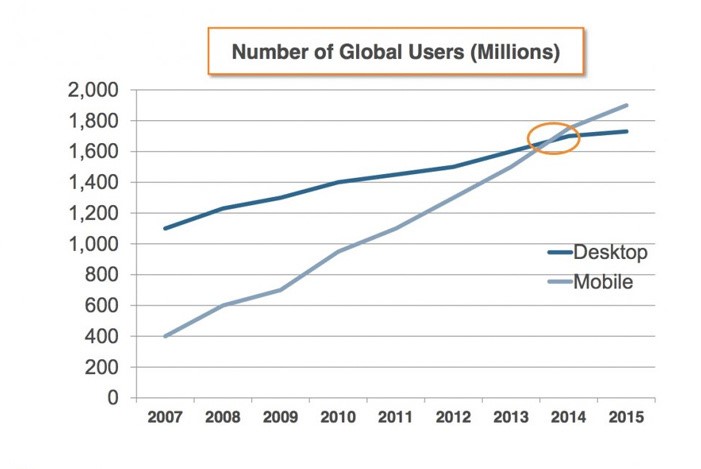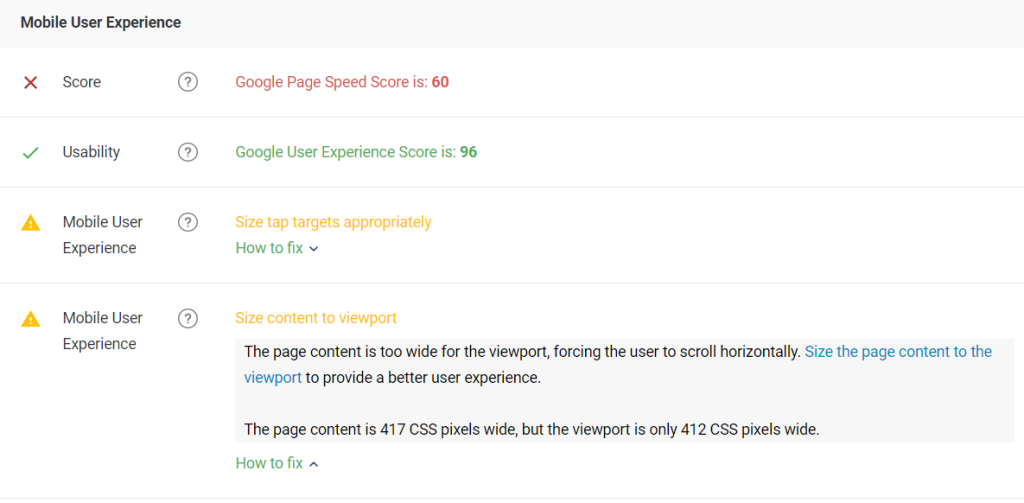In 2015, the digital marketing world witnessed a significant shift with Google’s introduction of Mobilegeddon. This algorithm update was designed to prioritize mobile-friendly websites in mobile search results, profoundly impacting how websites were ranked. Understanding the implications of Mobilegeddon is essential for webmasters and digital marketers aiming to enhance their online presence.
Definition of Google Mobilegeddon
Google Mobilegeddon refers to the search algorithm update that took effect on April 21, 2015. This update aimed to improve user experience on mobile devices by giving higher search rankings to mobile-friendly websites.
The term “Mobilegeddon” combines “mobile” with “Armageddon,” indicating its potentially drastic effects on search rankings for non-mobile-friendly sites.
Also Uncover the mysteries of Google RankBrain algorithm as we delve into its impact on the digital world.

Evolution of Mobile Internet Usage
Over the years, the use of mobile devices to access the internet has grown exponentially. Smartphones and tablets have become ubiquitous, changing how users search for information, shop online, and interact with content.
This shift necessitated changes in web development, pushing websites to become more responsive and user-friendly on smaller screens.
Growth in Mobile Device Usage Over the Years

The rise in mobile device usage can be traced back to the introduction of smartphones in the mid-2000s. By 2015, mobile internet usage had surpassed desktop usage, making it imperative for websites to cater to mobile users. This growth trend continues today, emphasizing the need for mobile-optimized web experiences.
Google’s Motivation Behind Mobilegeddon
Google’s primary motivation for Mobilegeddon was to enhance user experience on mobile devices. With a significant portion of search queries coming from mobile users, it was crucial for Google to ensure these users had a seamless and efficient browsing experience.
By prioritizing mobile-friendly websites, Google aimed to improve the overall quality of search results and user satisfaction.
Key Features of the Algorithm Update
Mobilegeddon introduced several key features to Google’s search algorithm:
Mobile-Friendliness as a Ranking Factor: Websites optimized for mobile devices received higher rankings in mobile search results.
Real-Time Update: The algorithm continuously assessed websites for mobile-friendliness, allowing for real-time adjustments in rankings.
For the latest on Google’s search algorithm updates, check out our blog post on Google real time search Update.
Criteria for Mobile-Friendliness
To be considered mobile-friendly, websites needed to meet specific criteria:
Responsive Design: Websites should automatically adjust to fit the screen size of the device being used.
Readable Text: Text should be large enough to read without zooming.
Proper Spacing: Links and buttons should be spaced adequately to prevent accidental clicks.
Avoidance of Horizontal Scrolling: Websites should avoid horizontal scrolling, which can be cumbersome on mobile devices.
Steps to Make a Website Mobile-Friendly

Webmasters can take several steps to ensure their websites are mobile-friendly:
Implement Responsive Web Design: Use flexible layouts that adjust to different screen sizes.
Optimize Images and Content: Ensure images load quickly and content is easily readable.
Improve Page Load Speed: Faster load times enhance user experience and boost rankings.
Test for Mobile-Friendliness: Regularly use tools like Google’s Mobile-Friendly Test to check and improve website performance.
Utilizing Mobile-Friendly Testing Tools
Google’s Mobile-Friendly Test tool is invaluable for webmasters. By entering a URL, webmasters can quickly determine if their site meets the criteria for mobile-friendliness and receive recommendations for improvements.
Influence on Future Algorithm Updates

Mobilegeddon set the stage for future algorithm updates, such as mobile-first indexing. This approach further emphasizes the importance of mobile optimization by using the mobile version of a website for indexing and ranking. The focus on mobile user experience continues to shape the digital landscape.
Conclusion
Mobilegeddon was a pivotal moment in the evolution of SEO, highlighting the growing importance of mobile-friendly websites. Its impact on search rankings underscored the need for webmasters to prioritize mobile optimization.
As mobile device usage continues to rise, ensuring a mobile-friendly web presence remains crucial for achieving and maintaining high search rankings.
Also Read :



